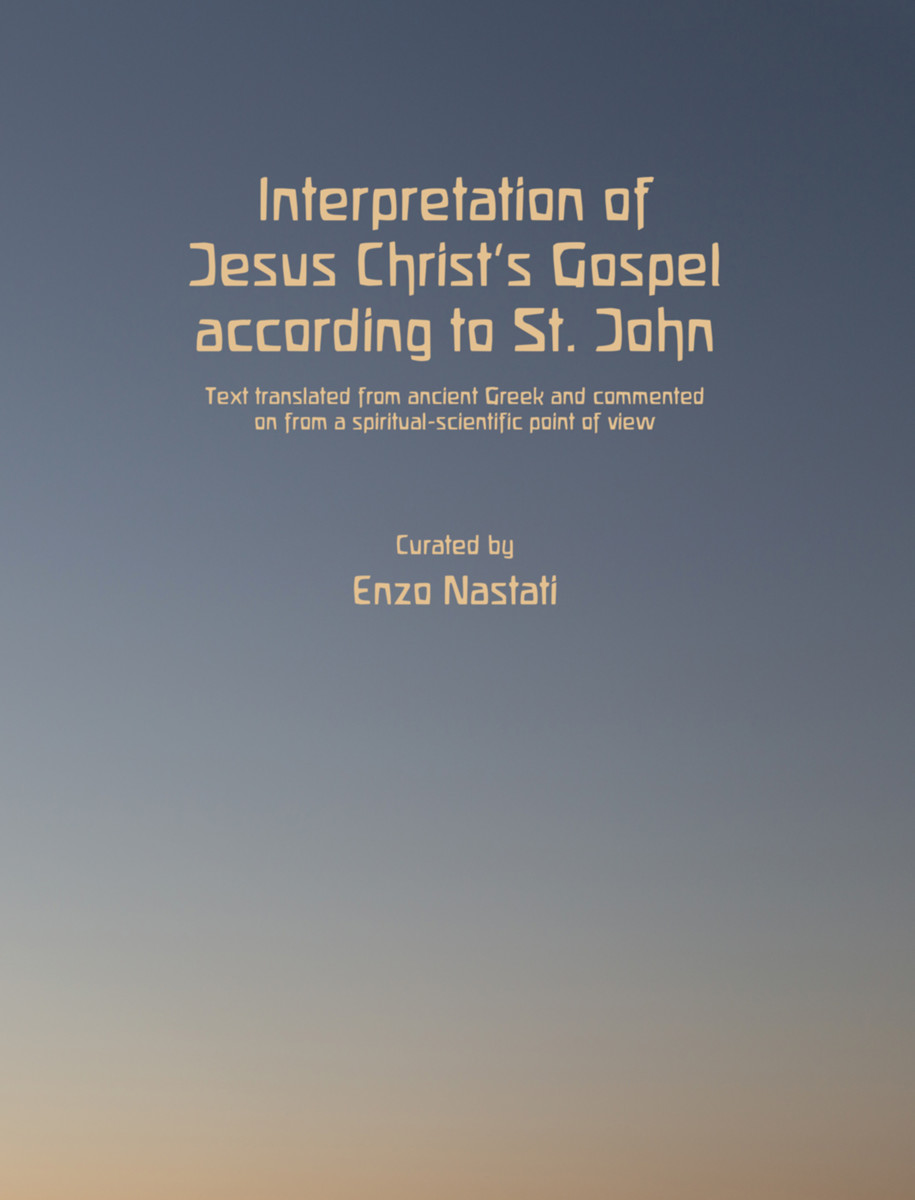Interpretation of Jesus Christ's Gospel According to St. John
Text Translated from Ancient Greek and Commented on from a Spiritual-Scientific Point of View
- Publisher
Lindisfarne Books - Published
24th October 2018 - ISBN 9781584209270
- Pages 344 pp.
- Size 8.5" x 11"
In the path of inner awakening there is a moment in which we perceive with our whole being the importance to find Truth, which brings us to faith in relationship with the Divine. This yearning of our soul corresponds to the moment in which we find the Gospels, which are the “Good News” that Christ brought to us. If, in this path of searching, we use our whole heart, our whole soul and our whole mind, then we can start to perceive John’s Gospel in comparison to the other three, like a monument of incomparable greatness, harmony, and truth. This moment corresponds to the transition from “Simple” faith to “Conscious” faith.
John’s Gospel revolves primarily around the Greater “I” and the process that helps us with its conscious birth within us. The Gospel begins speaking about Logos, and so in the peculiarity of Jesus, in which in the moment of birth the Logos descended. In Luke’s Gospel (2:6–7), he describes with extreme clarity this particular episode. Because of its importance and the little knowledge about it, we think it is important to talk about it.
With John, we have the beginning of the Greater and Conscious “I” in a new relationship with the Divine, a relationship that can be called “direct worship,” or “upside-down worship,” since it flows from “below” to “above” without the help of mediators.
In the end, we find in Saint John’s Gospel the beginning of the institution of the New Community, which is based on love. It is an event in which metamorphosis surrounds all of his Gospel. It begins with the episode of the Marriage at Cana and ends with the well-known “Woman, see your child.” Then he said to the disciple, “See your mother.” From that moment on, the disciple took her with him (John 19:26–27). With this we can follow the transformation of the community from the blood (the family members at Cana) to love (John and the Mother at the cross).
This profoundly esoteric and thoughtful exegesis and study aid will bring new depth to the the Gospel of St. John for “whoever has ears to hear.” The author provides much food for meditation and study.
Enzo Nastati
Enzo Nastati is the principal director of The Eureka Institute, Codroipo, Udine, Italy. He has been a biodynamic farmer for more than forty years and understands from a deep and dedicated study of Rudolf Steiner’s work that the biodynamic agricultural method was always intended to be developed and fortified to meet changing demands of time. Mr. Nastati’s work has been recognized around the world where he lectures, consults, and conducts continuing research. Spurred by his observations of extreme decrease in plant vitality immediately following the Chernobyl nuclear disaster in April 1986, he began researching and developing preparations and application techniques to further meet the demands of our time. His work addresses the difficulties presented by electromagnetic fields, radioactive pollution, industrial pollution, water quality deterioration, GMOs, and other harmful effects of modern technology.


